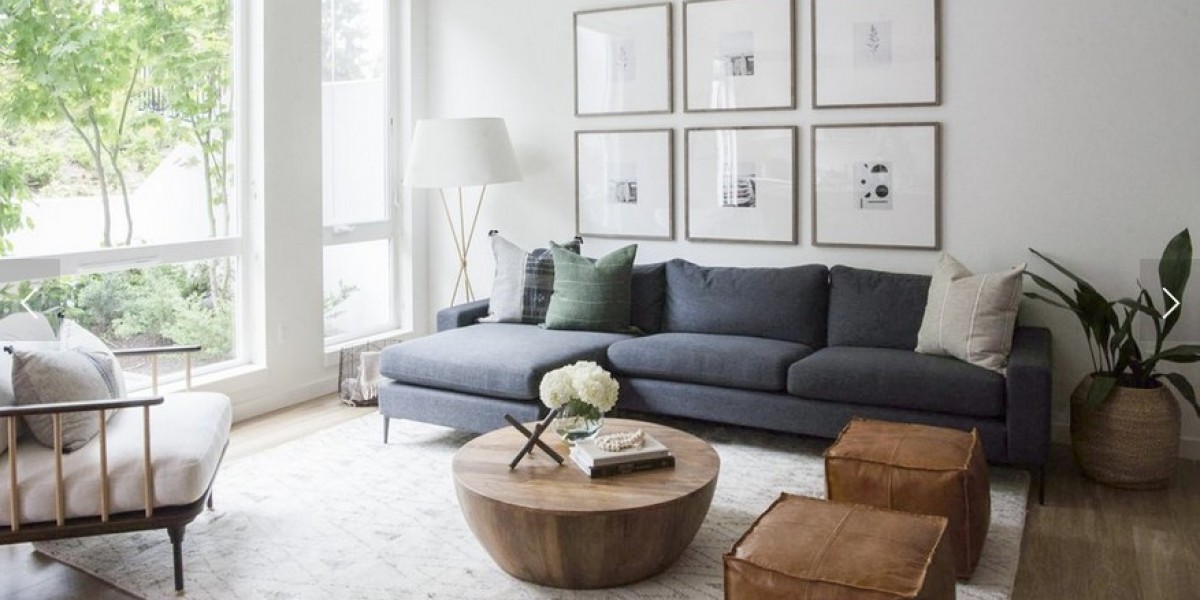Interior design is more than just aesthetics; it is a complex process that requires strategic planning, resource management, and seamless execution. Whether designing a home, office, or commercial space, the success of an interior design project depends on efficient project management. From concept development to final installation, a structured approach ensures the project is completed on time, within budget, and to the client’s satisfaction.
Understanding Interior Design Project Management
Interior design project management involves coordinating various aspects of a project, including design, materials, budgeting, scheduling, and team collaboration. A well-managed project ensures that creative visions are transformed into functional and visually appealing spaces without unnecessary delays or expenses. Project managers in interior design oversee multiple stakeholders, including architects, contractors, suppliers, and clients, ensuring smooth communication and workflow.
Key Phases of Interior Design Project Management
1. Concept Development and Planning
Every interior design project begins with an idea. This phase involves understanding the client’s requirements, preferences, and objectives. A comprehensive brief is developed, outlining the project’s scope, design style, budget, and timeline. Designers create mood boards, sketches, and preliminary layouts to visualize the project before finalizing a concept.
2. Budgeting and Resource Allocation
A well-structured budget is crucial for the successful execution of any project. This phase involves estimating costs for materials, labor, furniture, fixtures, and other expenses. By setting a clear financial plan, project managers can prevent overspending and allocate resources efficiently.
3. Design Development and Approval
Once the concept and budget are established, detailed designs are created, including floor plans, 3D renderings, and material specifications. Client approvals are obtained at each stage to ensure alignment with expectations. This phase also involves selecting furniture, finishes, and color schemes that complement the overall design vision.
4. Procurement and Vendor Management
Sourcing materials, furniture, and accessories is a critical part of project execution. Project managers coordinate with vendors and suppliers to ensure timely delivery and quality control. Negotiating prices, managing contracts, and overseeing logistics are essential tasks in this phase.
5. Construction and Implementation
This is where the actual transformation happens. Contractors and skilled laborers work on executing the design plan, including structural modifications, electrical and plumbing work, painting, and installations. A project manager supervises the process, ensuring that work adheres to the approved design and timeline.
6. Quality Control and Final Touches
Before handing over the completed project, a thorough quality check is conducted. Any discrepancies or defects are addressed, and final touches such as styling, decor arrangement, and lighting adjustments are made. Ensuring that every detail aligns with the design concept enhances the overall appeal of the space.
7. Project Handover and Client Satisfaction
Once everything is in place, a final walkthrough is conducted with the client. Feedback is gathered, and necessary adjustments are made. Documentation, warranties, and maintenance guidelines are provided to ensure the client can maintain the space effectively.
Conclusion
Interior design project management plays a vital role in transforming creative ideas into reality. A well-structured approach ensures efficiency, cost-effectiveness, and client satisfaction. By carefully planning, managing resources, and maintaining clear communication, interior designers can execute projects seamlessly, creating stunning and functional spaces that meet client expectations.







